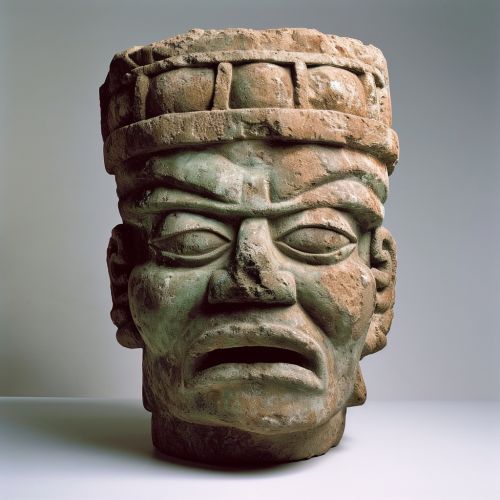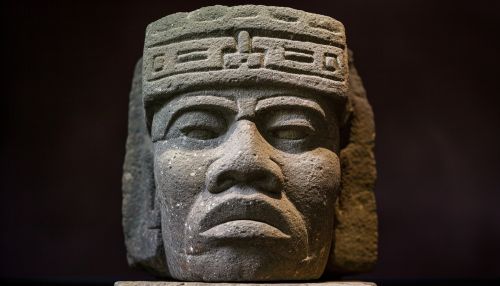Pre-Columbian era
Pre-Columbian era
The Pre-Columbian era refers to the period in the Americas before the arrival of Christopher Columbus in 1492. This era encompasses the history of the indigenous peoples of the Americas from the earliest known times until the onset of significant European influence.
Indigenous Civilizations
The Pre-Columbian era saw the rise and fall of several significant civilizations, including the Olmecs, the Maya, the Aztecs, and the Incas. Each of these civilizations made significant contributions to the development of the Americas, with advancements in areas such as agriculture, architecture, and astronomy.


Olmec Civilization
The Olmec civilization, which flourished from around 1400 to 400 BCE, is often considered the "mother culture" of Mesoamerica. The Olmecs are renowned for their colossal head sculptures, which are believed to represent rulers or deities. They also developed a complex writing system and made significant advancements in mathematics and astronomy.
Maya Civilization
The Maya civilization, which developed in the Yucatan Peninsula around 2000 BCE, is known for its sophisticated writing system, as well as its advancements in art, architecture, mathematics, and astronomy. The Maya developed a complex calendar system and were among the first to use the concept of zero in mathematics.
Aztec Civilization
The Aztec civilization, which emerged in the 13th century CE, is known for its complex social, political, and religious structures. The Aztecs built monumental architecture, including the Templo Mayor in their capital city of Tenochtitlan. They also developed a sophisticated agricultural system, known as chinampas, or "floating gardens."
Inca Empire
The Inca Empire, which arose in the 13th century CE in the Andean region of South America, is known for its vast territorial extent and complex administrative system. The Incas are renowned for their monumental architecture, including the city of Machu Picchu, and their extensive road system, known as the Inca road system.
Contact with Europeans
The Pre-Columbian era came to an end with the arrival of Christopher Columbus in the Americas in 1492. This marked the beginning of the Age of Discovery, a period of extensive European exploration and colonization of the Americas. The contact between Europeans and indigenous peoples led to significant cultural, social, and biological exchanges, known as the Columbian Exchange.
Legacy of the Pre-Columbian Era
The legacy of the Pre-Columbian era is evident in the enduring cultural traditions of indigenous peoples in the Americas, as well as in the influence of Pre-Columbian civilizations on modern societies. The advancements made by Pre-Columbian civilizations in areas such as agriculture, architecture, and astronomy continue to be recognized and studied today.
